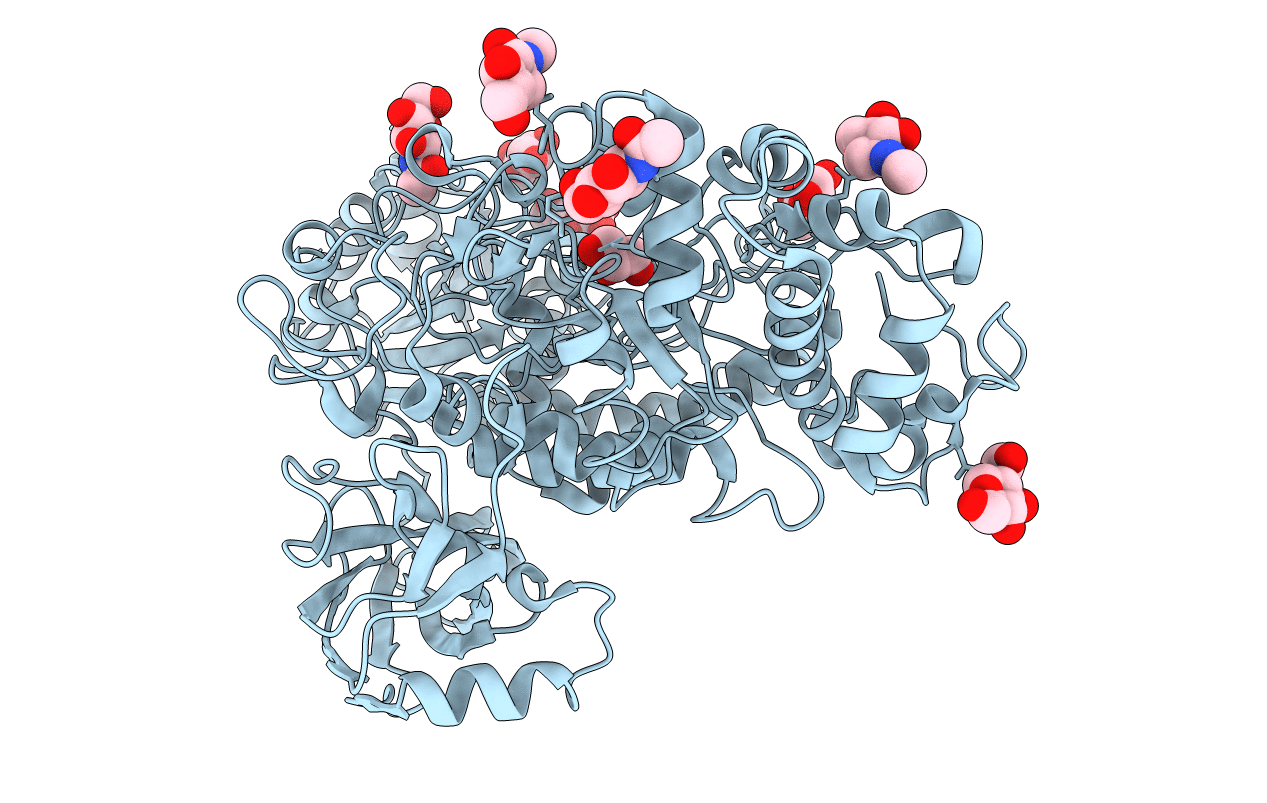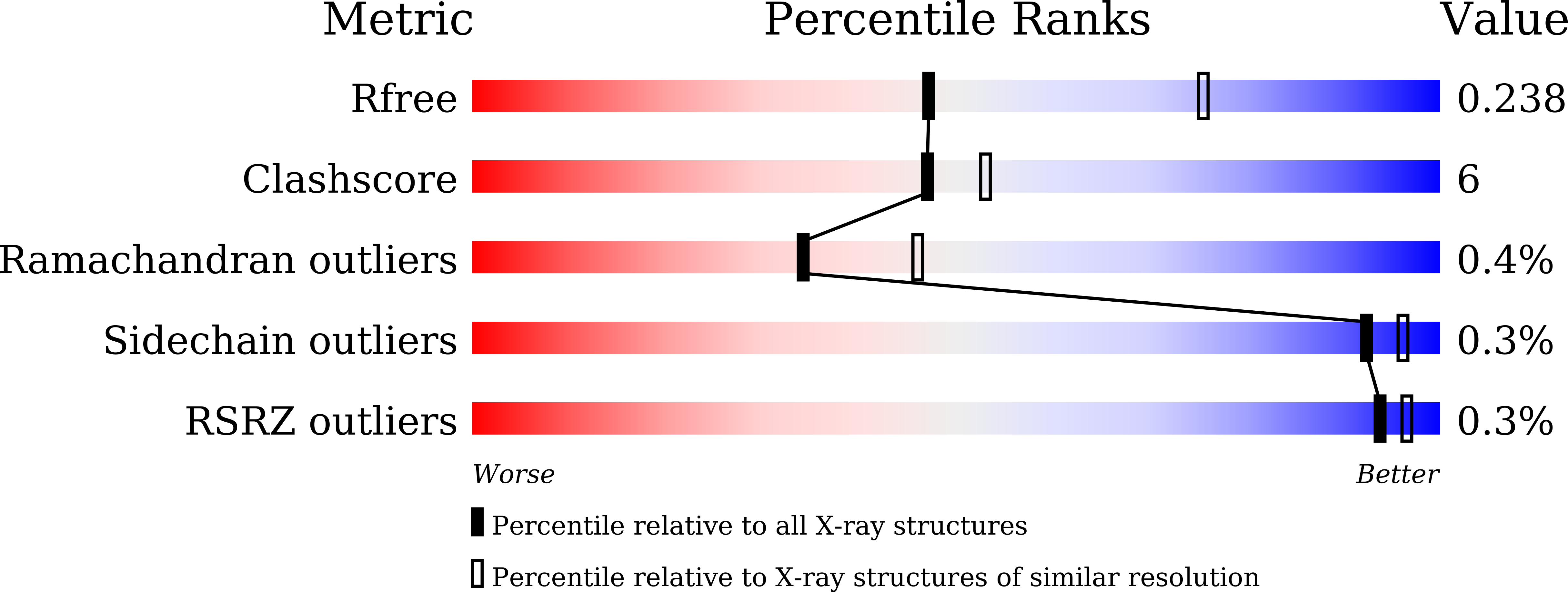
Deposition Date
2021-09-01
Release Date
2022-02-09
Last Version Date
2024-10-30
Entry Detail
PDB ID:
7VC6
Keywords:
Title:
The structure of beta-xylosidase from Phanerochaete chrysosporium(PcBxl3)
Biological Source:
Source Organism:
Phanerochaete chrysosporium (Taxon ID: 5306)
Host Organism:
Method Details:
Experimental Method:
Resolution:
2.54 Å
R-Value Free:
0.23
R-Value Work:
0.17
R-Value Observed:
0.17
Space Group:
P 21 21 21


